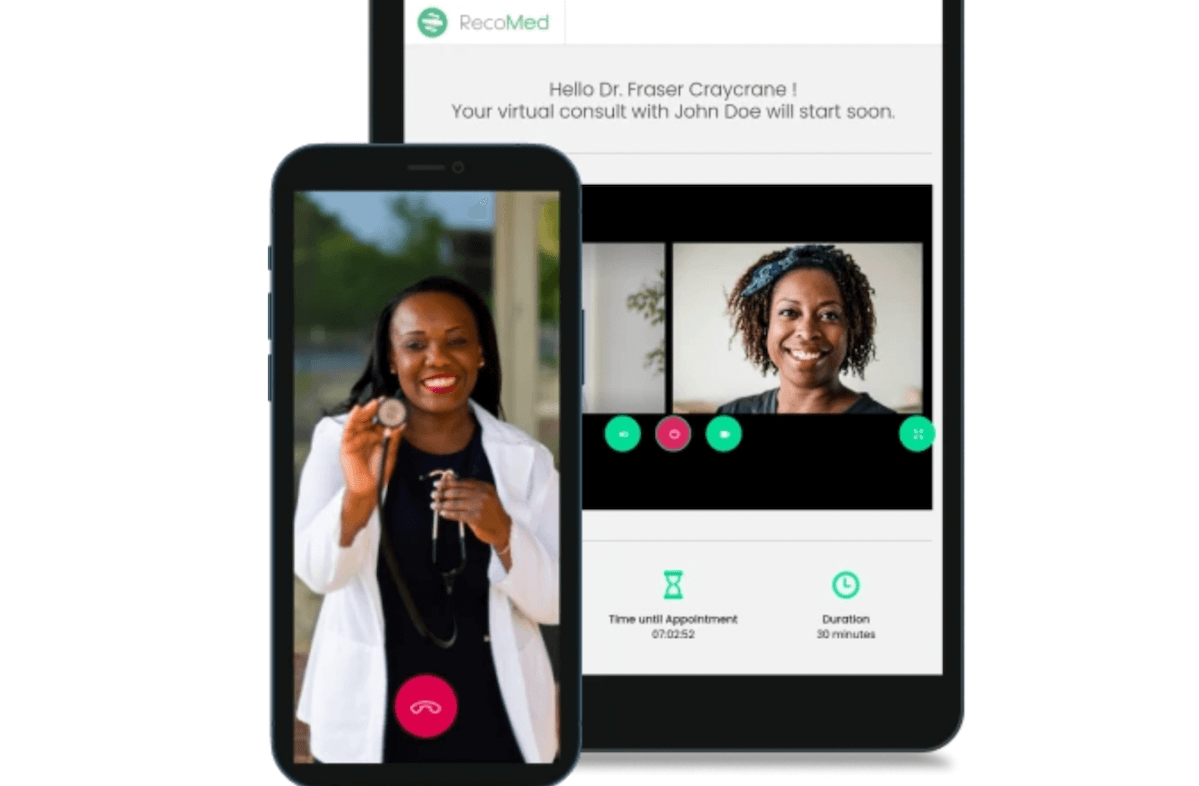Editor’s note: This article is sponsored by Johnson & Johnson Impact Ventures, which supports ImpactAlpha’s Investing in Health coverage. In partnership with J&J Impact Ventures, ImpactAlpha is exploring the market potential of impact investments in purpose-driven entrepreneurs working to improve health outcomes for underserved communities around the world.
As impact assets under management continue to grow – reaching over $700 billion at last count – so too have calls for improved transparency about what this capital is achieving.
It is no longer sufficient for impact funds to simply state how they intend to contribute to positive changes. These statements must be backed up by evidence of real-world action and results.
Investment managers generally accept that targets are important for evaluating financial performance, but targets have largely eluded the social impact side of the equation, not least due to challenges related to data availability, comparability, and consistency – and a lack of guidance and examples of impact target setting.
At Johnson & Johnson Impact Ventures (J&J Impact Ventures), a fund within the Johnson & Johnson Foundation, we have spent the last year refining our Impact Framework to define criteria for measuring our impact within healthcare, building consensus internally and drawing on the wider field expertise of the impact advisory firm The Good Economy.
Our Impact Framework, based on the Impact Management Project and our Theory of Change, intends to show how our investments in healthcare innovations are addressing health workforce and healthcare challenges in low-income and diverse communities.
In screening, scoring, and steering our portfolio, we consider impact to be multi-dimensional and focus on five key criteria: the scale of impact, access by under-served populations, depth of change, portfolio company contribution to outcomes that would otherwise not be experienced, and the additionality of J&J Impact Ventures financing and non-financial support.
We have concluded that setting an ambitious but defensible impact target is imperative both for learning and accountability purposes.
We now want to share the decision-making framework that underpinned this target-setting – the “what,” “who” and “how” – to increase the dialogue and momentum with other investors in this exciting and still nascent field.
What should be the target?
For J&J Impact Ventures, a social impact target can’t encompass all the dimensions of impact, but it does need to go beyond funds committed or disbursed and towards giving an indication of real-world change.
To reflect this view, we picked number of lives reached by portfolio companies (“scale”) as our primary metric because it can be aggregated across the portfolio and benchmarked against others. The metric has a definition that is strict enough to be rigorous (counting reach requires evidence that an individual is using the product or service and thus is likely to derive a benefit from it) and broad enough to include the variety of investments in J&J Impact Ventures’ global portfolio.
Who needs to be involved?
Target-setting was a deliberately collaborative approach, as evidence shows that target achievement is most effective when there is shared buy-in during target development.
We worked with our portfolio companies to understand their theories of change and thus current and potential reach. Numerous meetings and discussions with a multi-disciplinary team of investment and finance managers within J&J Impact Ventures, including senior leadership, made sure that the entire team was aligned with the overall target, and thus with the implications for sourcing and managing deals going forward.
How can the metric be quantified and projected forward?
Aligning our impact target with our Impact Framework and overall strategy, we based our projections on existing evidence. Over a six-month period, we used the following five steps to arrive at a 2030 target for number of lives reached through the expanded fund size of $50 million.
- Articulate assumptions and guardrails. Reach consensus on the key variables that drive the quantum of possible impact, including, for example, the capital deployment schedule and average investment period. Establish guardrails: e.g., all lives are unique – no double counting across years.
- “Bottom-up” measurement. Using data from our existing portfolio companies, calculating our portfolio’s “cost-per-life-reached” for the past three years, and projecting forward based on different scenarios related to the mix of business models (such as digital platforms vs. in-person delivery of care) and possible growth trajectories.
To ensure our target is clearly specified over time and aligned with broader Johnson & Johnson Health for Humanity Health Workers target, we set the time horizon for the target at 2030. - “Top-down” modelling. A high-level prospective model based on assumptions for multiple portfolio scenarios to predict a range of the average cost-per-life-reached with the capital available. This also included conducting a sensitivity analysis for the main parameters of the model.
- External benchmarking. Sense-checking both the total reach and the cost-per-life-reached against a sample of reach numbers reported retrospectively by peer investment funds, including corporate impact venture initiatives and those targeting a healthcare thematic.
- Set targets. Triangulating between the different scenarios and the benchmarking to land on a target range, from the more conservative to more optimistic scenarios. Selection of a specific target in that range required a balance between ambition and the likelihood of achieving it.
Effective learning and decision-making based on targets requires that we have a process for monitoring and reviewing our progress. We plan to report on the target and review our progress against it annually. And because no prediction about the future can be perfect, we will consider the appropriateness of our target and update it, if necessary, as our portfolio continues to grow and as we learn more about actual impact performance.
As we work to reach our social impact targets, we want to avoid hitting the target, but missing the point. We don’t want to simply reach lives, we want to change them, and that will be the next step in our target setting journey: defining the proportion of lives who are underserved and measuring the change that J&J Impact Ventures investments effect in those lives – both key criteria in our Impact Framework.
We invite others to be thought partners on this journey to setting outcome-level targets.
With our Impact Framework in place, we are looking forward to sharing more about the targets for our specific portfolio and collaborating with other stakeholders to make impact investing more accountable and impact-forward.
Sasha Zoueva leads Impact Measurement and Management at J&J Impact Ventures in her capacity as Senior Manager, Monitoring & Evaluation at Johnson & Johnson.
Matt Ripley is head of impact services at The Good Economy.











